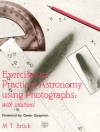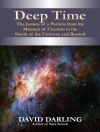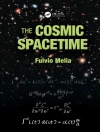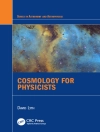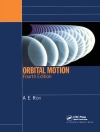
The Roman Space Telescope will measurably advance knowledge of dark energy and exoplanet demographics. Locally, it will likely enhance understanding of the structure and substructure of the Milky Way and nearby galaxies, including a census of the predicted but elusive ultra-faint dwarf galaxies. At high redshift, it can provide information on the topology of reionization and the abundance of sources like active galactic nuclei and pair-instability supernovae. With a wavelength range of 0.48-2.3 ?m, the Roman Wide Field Imager has the largest etendue of any existing or planned optical/infrared space observatory. The coronagraph technology demonstration instrument will pioneer new capabilities that will be the basis for future instruments capable of directly detecting and characterizing Earth-like planets around nearby stars. If the technology demonstration is successful, observations with the coronagraph could make substantial advances in the study of planetary and disk systems.At the request of NASA, this report reviews the Roman Space Telescope science program to set the appropriate mix of survey time devoted to the three Core Community Surveys (which address the weak lensing, baryon acoustic oscillations, supernovae, and microlensing programs in NWNH) relative to guest investigator-led observing programs during the primary 5-year mission.

